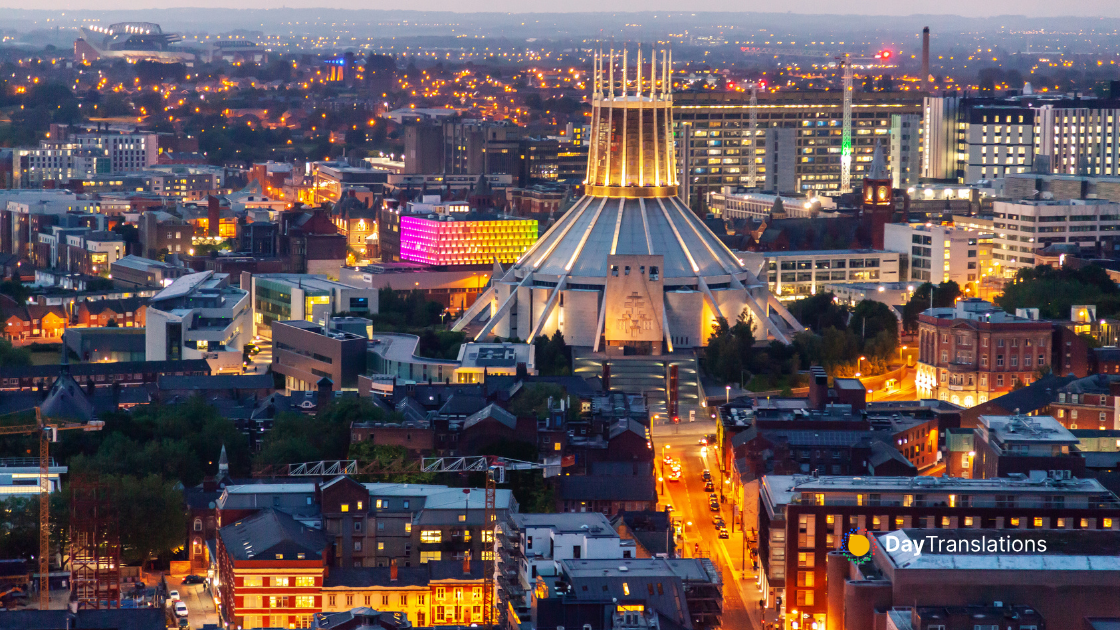Geography of United Kingdom: Important Geographical Information about United Kingdom
In this Country Profile
The vaporous magnificence of the Wales Waterfalls, the vast mirror lakes of Northern Ireland, millions of hectares sublime landscapes…it is the fascinating and diverse Britain! One of the unique aspects of the stunning landscape of the United Kingdom is its enormous variation, ranging from the Grampian Mountains of Scotland to the lowland fens of England which are at or below sea level in several places. Scotland and Wales are the most mountainous parts of the UK.
Geography of the United Kingdom
Most of England’s breathtaking scenery consists of rolling hills, but it is more mountainous in the north with a chain of low mountains, the Pennines. England has a temperate climate, with plentiful rainfall all year round. It is closer to Continental Europe than any other part of Britain, divided from France only by a 21-mile (34-km) sea gap. The Severn is the longest English river which rises in central Wales and flows through Shrewsbury, Worcester and Gloucester in England to the Bristol Channel. London, Cambridge, Liverpool are among England’s major towns.
Northern Ireland is absolutely marvelous. The shorelines are characterized by many irregularities. It is also home to the UK’s largest lake, Lough Neagh, which covers an area of 396sq.km and is surrounded by mountains. The highest point in the country is Slieve Donard, a peak in the Mourne Mountains, it is 2796 feet/852 meters tall.
The beauty of the landscape seems untouched. Scotland is the northern portion of Great Britain. The deepest lake is Loch Morar in the Highlands 1,017 ft (310 m) deep and the highest mountain is Ben Nevis 4,406 ft (1,343 m).Between the Highlands and the Lowlands there is a well-marked division, the valley known as Strathmore.
Scotland has a wide lowland area between the Grampians and the Southern Uplands where most of the population is located. Wales’s landscape is mountainous, particularly in Snowdonia and the central Cambrian Mountains, mountains that were shaped during the last ice age. Deepest cave is Ogof Ffynnon Ddu, Powys, 1,010 ft (308 m) deep and the highest mountains in Wales are in Snowdonia, and include Snowdon which, at 1,085 m (3,560 ft) is the highest peak in Wales.
There is also a traditional list of seven geographic and cultural landmarks in Wales and these are: Snowdon (the highest mountain), the Gresford bells (the peal of bells in the medieval church of All Saints at Gresford), the Llangollen bridge (built in 1347 over the River Dee), St Winefride’s Well (a pilgrimage site at Holywell in Flintshire) the Wrexham steeple (16th century tower of St. Giles Church in Wrexham), the Overton yew trees (ancient yew trees in the churchyard of St Mary’s at Overton-on-Dee) and Pistyll Rhaeadr (Wales’s tallest waterfall, at 240 ft or 75 m).

Sorry, the comment form is closed at this time.